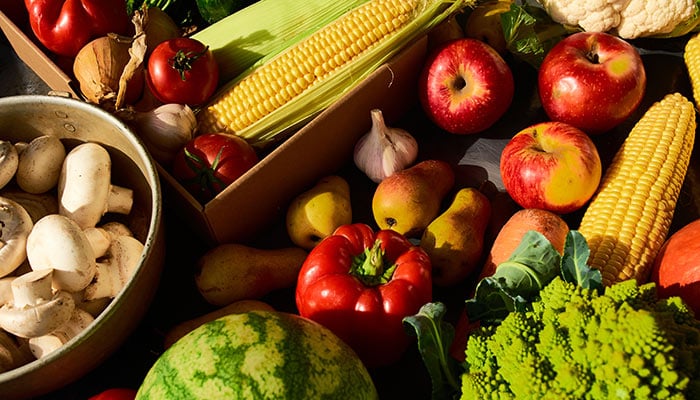Over the last 30 years, the traditional methods used to understand the links between nutrition and cancer have been observational, based on analysing data collected from people who have been followed up for many years, such as the European Prospective Investigation into Cancer and Nutrition (EPIC) study.
These studies have established very large and important datasets, and have continued to be the go-to resource for performing analyses, providing us with interesting and insightful results on the links between nutrition and disease.
What do we know so far?
We now know that around 40% of cancer cases and cancer deaths in high-income countries are thought to be explained by known modifiable lifestyle and environmental risk factors.
As shown in the WCRF/AICR Third Expert Report, these could be aspects of diet (eg alcohol consumption; eating large amounts of red and processed meat; or diets low in fruits, vegetables, wholegrains and dietary fibre) and other related lifestyle factors (eg overweight and obesity, physical inactivity, smoking, and metabolic factors) that work collectively to increase our cancer risk.
The patterns of lifestyle behaviours that are more likely to protect us against cancer led World Cancer Research Fund to develop our Cancer Prevention Recommendations.
So why the need for more tools?
Studies have shown that adherence to our Recommendations may substantially reduce cancer risk1,2, but when we get to specific nutrients or foods, there are still inconsistent associations, using the traditional methods mentioned above.
Why is this? Simply because these traditional methods are vulnerable to potential biases, and subsequent clinical studies don’t always confirm initial leads. They fail to tease out the specific benefit or harm of each nutrient independently, rather than being part of an overall diet.
These biases that we still cannot fully overcome could be:
- confounding between factors, because a lot of the factors do not operate in isolation.
- exposure misclassifications – such as incomplete medical records or incorrect information from questionnaires that measure dietary intake – because people cannot always recall the exact information when it comes to their dietary habits.
- reverse causality, which is the instance of a reverse or not-expected exposure-disease direction.
What is the new tool?
Mendelian randomisation (MR) is the tool that will hopefully help with some of the above challenges. As experts explain, it’s like a magnifying glass that looks at the specific nutrients independently and their interactions with other components of the diet or general lifestyle, then helps disentangle the direction of causality.



